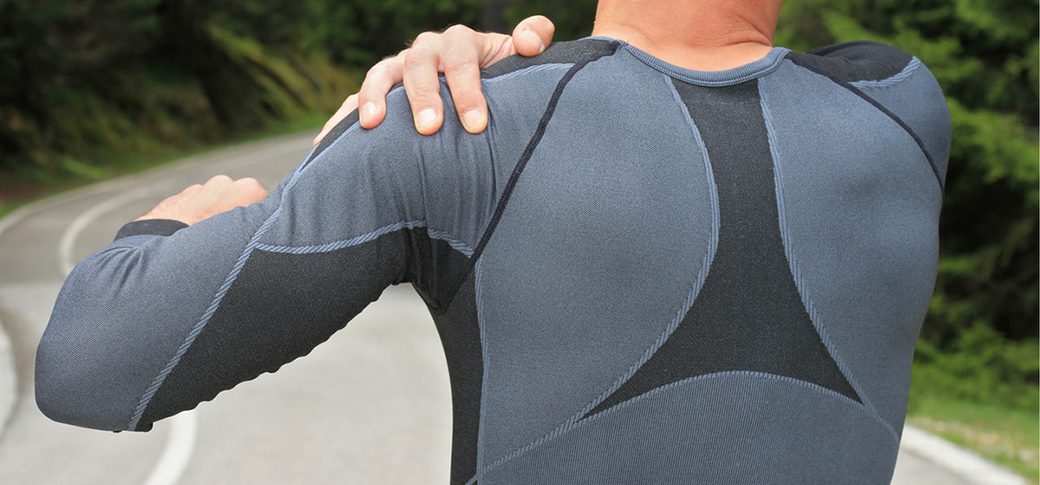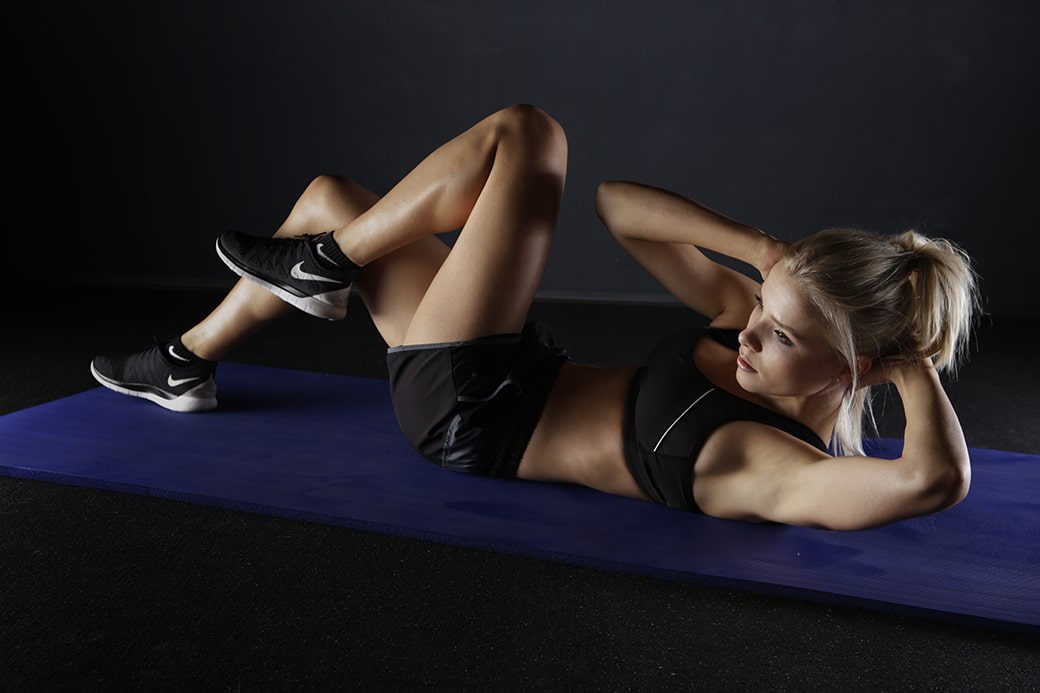You may not realize it, but the shoulder is one of the most often used joints on your body. Over an average day, we are constantly reaching for and carrying items, lifting items, and taking care of personal hygiene, such as brushing our hair or washing our bodies.
When we overextend ourselves or lift items that are too heavy, we can cause damage to the shoulder joint. These injuries include tendonitis, tendon tears in the rotator cuff, or we might develop arthritis.
Where is Anterior Shoulder Pain?
Shoulder pain is often thought of in terms of the “front” or anterior of the shoulder, or the rear of the shoulder, often called the posterior.
If you are having pain in the anterior or front of the shoulder, you might also hear it called the shoulder impingement, or rotator cuff.
The shoulder is made up of several joints, which makes it more susceptible to damage. The rotator cuff, or anterior shoulder, is often a frequent source of shoulder problems and pain. The most common sources of pain include:
- Tendonitis – the tendons in the rotator cuff becomes irritated or damaged
- Impingement – Pain that occurs when you raise your arm to shoulder height is often due to the acromion rubbing against the tendon and/or bursa, which causes irritation
- Bursitis – The bursa is the lubricating pillow that goes between the rotator cuff and the top bone of the shoulder. Normally, the bursa allows the tendon smooth movement, but with age, the bursa itself can become inflamed, swell with an excessive amount of fluid, and cause pain.

What Causes Anterior Shoulder Pain?
This type of pain is very common in young athletic adults or middle-aged people. Athletic adults use their arms and shoulders for sports such as swimming, baseball, and tennis. Middle-aged people with anterior shoulder pain often find that their repetitive work, such as painting or construction, can lead to anterior shoulder pain.
Other times, however, pain seems to happen with no apparent cause.
What About Posterior Shoulder Pain?
The strange thing about posterior shoulder pain is that it isn’t as common and often doesn’t originate in the shoulder, but rather, in the neck. While anterior shoulder pain often has rotator cuff or impingement issues, MRIs often show inflammation, but no real source of pain.
If you have a job or favorite weekend sports activity, such as rock climbing, looking upwards while reaching up with your arm, can often cause subluxation in the neck or strain on the muscles in the neck and shoulders.
Another common cause is internal impingement. This occurs when the soft tissue of the shoulder becomes pinched (impinged) where the top of the shoulder bone and the collar bone meet.
Posterior should pain can also be caused by:
- Heavy lifting
- Overuse or repetitive strain
- Sitting with poor posture for extended periods of time
- Poor workstation ergonomics
Special Note: We want to warn those with shoulder pain, especially if it occurs suddenly and it radiates down the arm. This is a classic sign of a heart attack or impending heart attack. If you have shoulder pain in the left side that radiates down your arm, if you also feel nauseous, out of breath, or if you also feel pressure in the chest area or in the back, call 911 immediately.
Posterior and Anterior Shoulder Pain Treatment
Treatment and exercises for posterior and/or anterior should pain can vary tremendously depending on the extend of the injury and what is causing the actual problem.
If you have developed tendonitis, you should try to rest the shoulder as much as possible, ice the area several times a day to control inflammation, or use heat to release tight muscles. Some people find that ice feel better to them than heat, other times it’s the reverse that is true. Apply whichever method feels best to you.
Other Healing and Pain Relief Methods for Anterior and Posterior Shoulder Pain Include:
- Chiropractic massage
- Soak in a tub of hot water and Epsom salts
- Perform stretching exercises
- Perform strengthening exercises
- Chiropractic care
Chiropractic Care for Shoulder Problems
The best way to stop the pain and heal shoulder problems is through chiropractic care. Your Chiropractor can perform most of the healing and pain relief methods we listed above. Nearly all clinics have massage therapists who, under the guidance of the chiropractor, can release trigger points, stretch out tight muscles, and relieve stress.
Your chiropractor can also demonstrate and offer you a series of stretching and strengthening exercises when he feels that you are ready. Chiropractic adjustments will also keep the neck and shoulders properly aligned.

Stretching and Strengthening Exercises for Anterior or Posterior Shoulder Pain
If you want to try some exercises at home, the following are good choices:
Doorway Stretch
Stand in an open doorway and grip each side with one hand at or just below shoulder length. Lean forward into the doorway by putting some weight onto the front toes of one foot. Keep your back straight as you lean in and feel the stretch of the shoulders. Do not overstretch!
Cross Arm Stretch
Move your right arm across your chest and try to touch the back of your left shoulder. You can push a bit under the elbow to give yourself a deeper stretch. Repeat with the other side.
The Reverse Stretch
Reach behind your back with one hand, as if you were trying to scratch the opposite shoulder. From behind your head, reach with the opposite arm and grab both hands together. Pull gently back and forth, then reverse arms.
If you would like to find more exercises or home remedies to stop shoulder pain, this article is very helpful.
If you are unable to find pain relief from these exercises or if the pain goes away for a bit but then returns, see your chiropractor. They are experts in the field of all things musculoskeletal and they can determine what the problem is and how it should best be addressed so you can live the pain-free life you deserve.
Call or click our link to Better Health Alaska for a same-day appointment.









